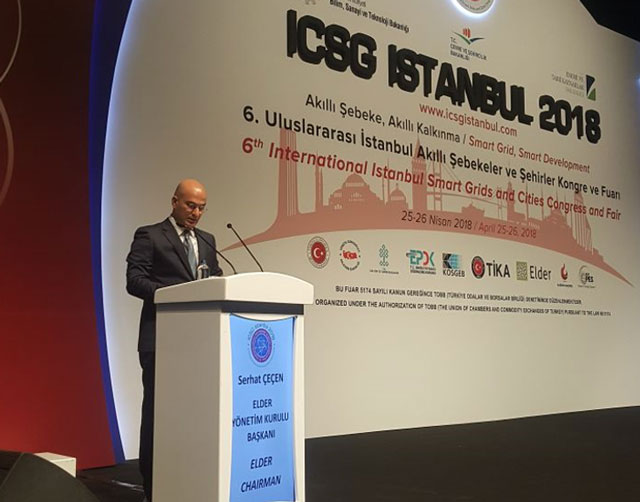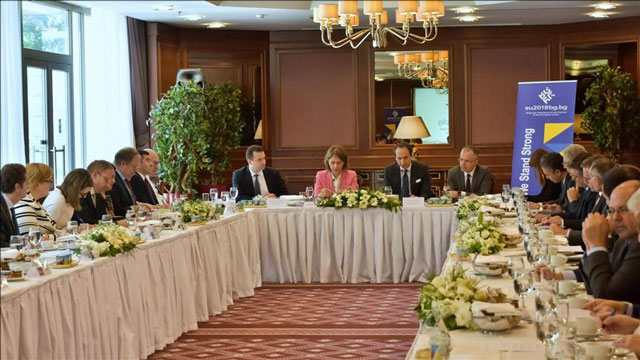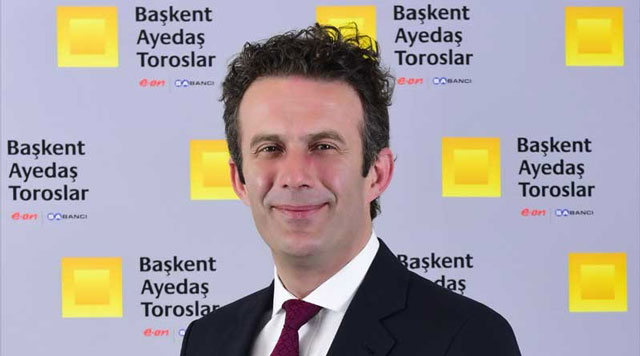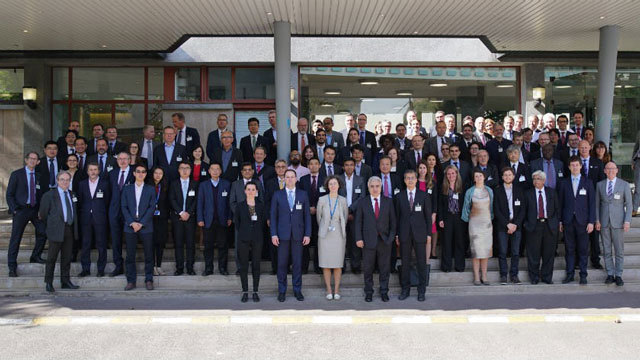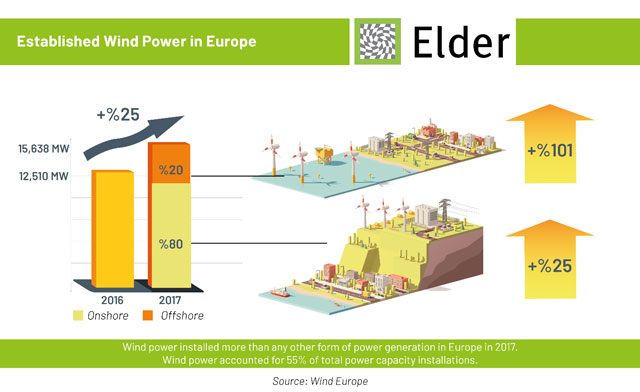Are electric cars the key to a renewable future?
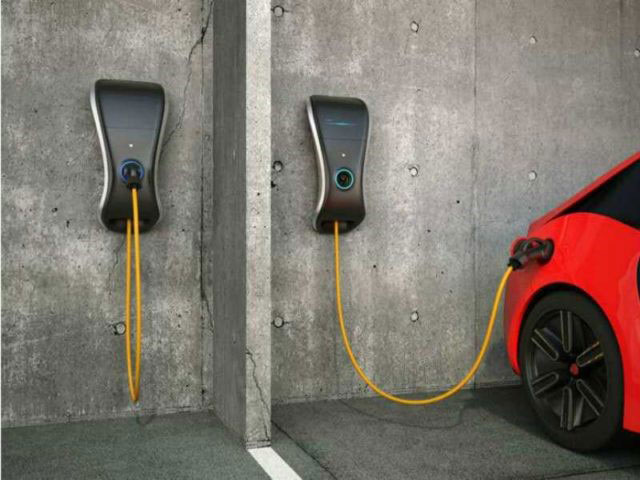
Electric vehicles hold enormous potential but their deployment so far has fallen short. Jacob Klimstra, Senior Energy Consultant and Member of the Advisory Board for Electrify Europe, looks at how the industry could work to overcome the remaining barriers to a breakthrough.
In October 2017, London Mayor Sadiq Khan introduced the new Emissions Surcharge, also known as the T-Charge. It means that older vehicles are subject to an extra charge for driving in central London if they fail to meet the minimum European emission standards. It’s the latest reaction to growing concerns over emissions and air quality – not just in London but internationally – and their impact on public health and global warming.
Penalising offending vehicles is one part of the solution. However, there are other important alternatives, such as electric vehicles, that could prove to be the real long-term fix. And there are encouraging moves in that direction. Also in October, the Dutch Government announced that it plans for all new cars to be zero-emissions vehicles by 2030 – with others, including Paris, already following suit.
Electric vehicles are not a new concept. Henry Ford and Thomas Edison both pursued electric vehicle production over one hundred years ago. However, the case for their much wider deployment is becoming ever stronger and it’s clear they will play a huge role in the continued move away from the reliance on fossil fuels. Beyond the well-documented environmental factors, they are reliable and durable, with less wear and tear so require less spare parts, including brake pads. They’re also cheaper to run than petrol vehicles and safer.
And they’re gaining in popularity. In 2013, some 3,500 of the UK’s newly registered cars were electric or hybrid electric vehicles, according to The Society of Motor Manufacturers & Traders. In 2017, there are more than 63,000. However, for them to become truly mainstream, the industry is going to have to break through some challenging obstacles.
Speeding up the charge
When it comes to logistics, the main crux of the issue is the practicality of charging. To be fully functional whenever they’re needed, plug-in electric vehicles require easy access to locations where they can charge rapidly. A typical domestic 24amps connection is simply not enough – so to achieve the required speed, vehicle owners will need a separate, expensive setup.
A community or business hub for charging is one option – but even this will require dedicated cables connected into a building to carry the electricity. A business hub setup will also come at a price, probably costing more than €1,000 a year over and above the usual tariffs.
Even if communal hubs become a popular option, they will likely create a bottleneck. With just one or two serving a whole business or neighbourhood, ensuring every vehicle is charged and operational could prove impossible.
Greater supply for greater demand
Let’s imagine an ideal scenario where domestic charging ports are a reality. It’s a sunny day and solar cells on each home’s rooftop are generating enough power to charge every vehicle. Now let’s imagine it’s winter, the sun is hidden, and the limited solar power must be shared between extra heating as well as several cars.
Aside from the point of charging, there needs to be sufficient capacity in the electricity network to run a nationwide fleet of vehicles. The network must also have the flexibility to distribute electricity effectively throughout the day. On top of this, the industry will need to replace old, fossil fuel-powered plants as they come offline to fully realise a world of zero-emissions vehicles – all of which is a huge shift and presents major challenges.
The new energy infrastructure
The solution lies in creating an efficient underlying energy infrastructure, including charging networks and a pool of energy providers. Crucially, that infrastructure must look at distributed power, which is essential to replace the systemic risk inherent in having one or two core power plants. However, this is a major revolution in the total energy supply for the developed world, so governments will need to play a pivotal role in defining the new landscape.
One challenge is that change will require significant investment. Use of public funds will likely ignite controversy and arguments that it perhaps detracts from healthcare and other public services. Mitigating these conversations means educating the public on the importance of electric vehicles and supporting a new energy infrastructure.
Educating the educators
On a very basic level, electricity is vital to the running of everything from banking and governments to transport and schools. Without it, there would be no healthcare. In reality, of course, these are complex arguments and the government needs representatives who fully understand their intricacies. The question is, just how well can politicians understand and explain the case for renewable energy to the public?
This is where the energy sector must play a crucial role, in educating governments and helping direct them on the key issues. The term ‘lobbying’ has gained some negative connotations for being self-serving. However, what’s needed is a different approach – one where organisations from the industry help champion a much wider agenda that will benefit everyone.
Campaigning will be one powerful tool. Public awareness campaigns have proved successful in helping to shift perceptions and, ultimately, change behaviours. Over a decade ago, for example, the UK Government launched a multi-million-pound campaign to change attitudes towards recycling – and today recycling has become the expected norm.
When it comes to renewables and electric vehicles, we are talking about a much larger change. However, the same approach applies. Here, the industry and government will need to consider longer-term and phased campaigning to raise awareness and understanding. Might a short-term focus on air quality in cities be a good place to start, given its status as a hot topic at the moment?
The wider picture
It’s clear that the wider deployment of electric vehicles is a crucial topic. However, it is one vital ingredient in the broader push to decarbonise energy. The fact is that if, collectively, nations want to move forward with the Paris Agreement, a lot more energy must come from sustainable sources. That means public perceptions need to change. Homes might have windmills nearby, solar panels will become more prominent, and restrictions on older vehicles will grow. Instead of seeing these and other changes to infrastructure and policy as burdens, we need to see them as positive advancements.
The likes of Electrify Europe are important platforms for the industry and policymakers to unite and collaborate on these issues. Civilisation as a whole relies on electricity and now is the time to come together to redefine its future. Electric cars could prove to be the catalyst for much-needed and widespread change – and a future where Henry Ford and Thomas Edison’s plans could finally become a reality.
Source: Metering & Smart Enegy

